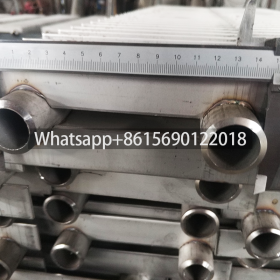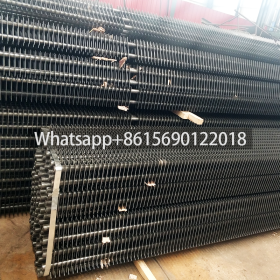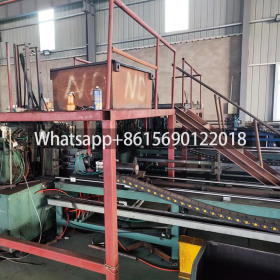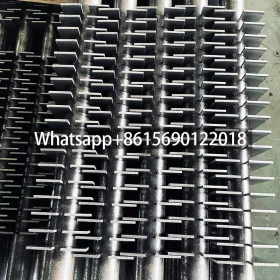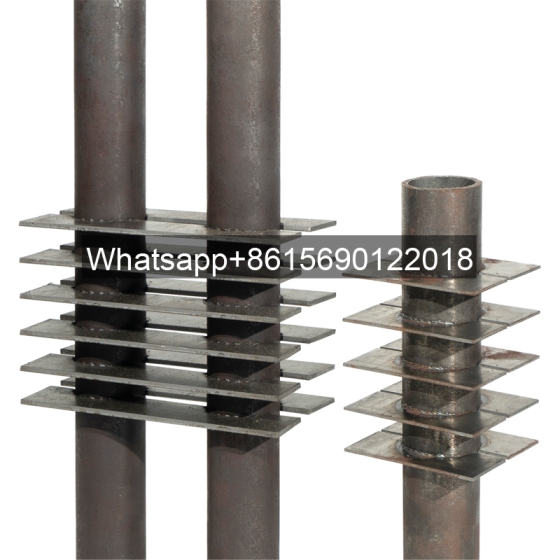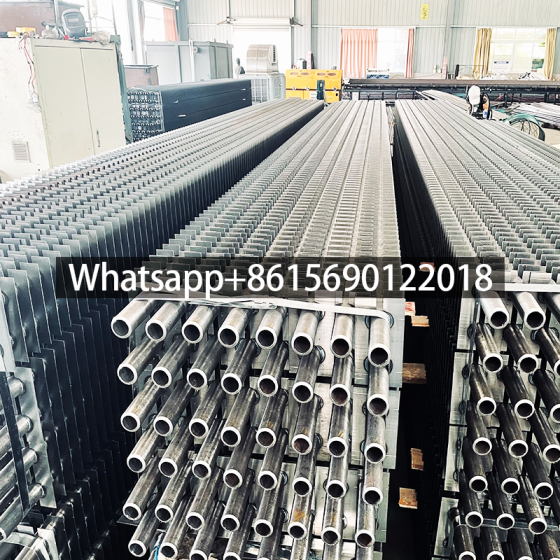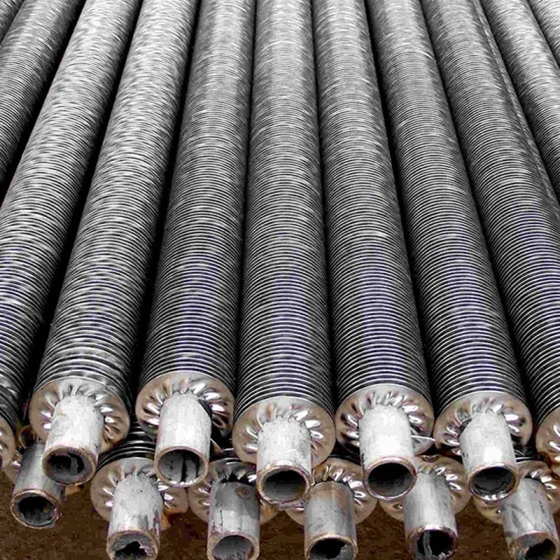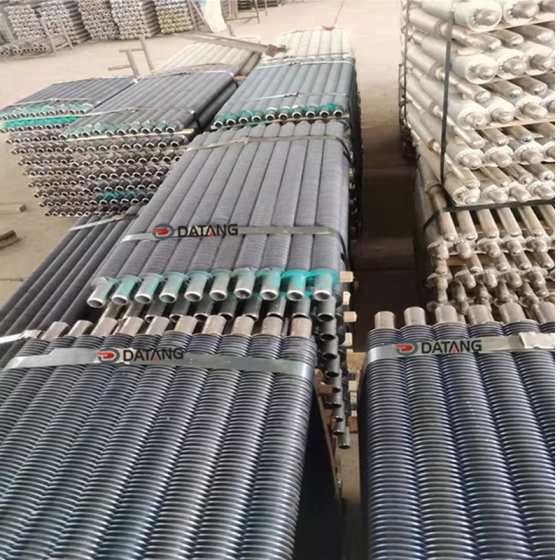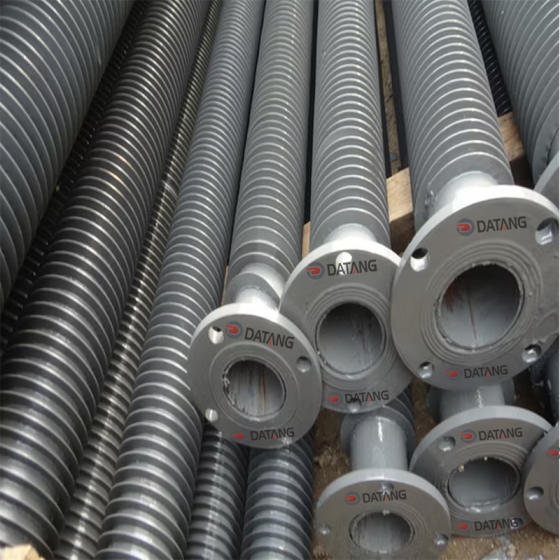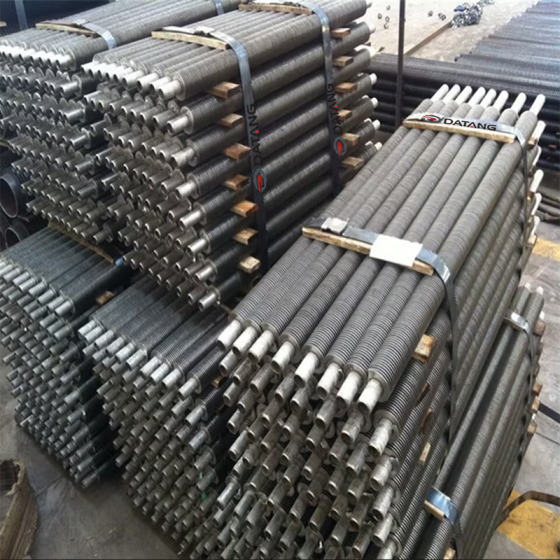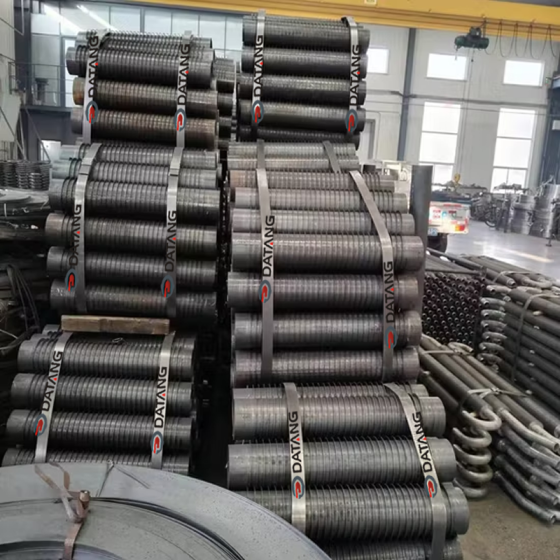The main reasons why thermal power plants choose H type finned tubes can be summarized as follows, combining their structural characteristics with the actual needs of thermal power plants:
1. High-efficiency heat exchange performance
Expanded surface area: The unique design of H type fins (double fins are arranged in parallel, and the middle is connected by welding to form an “H” shape) significantly increases the heat exchange area and improves the heat transfer efficiency between flue gas and working fluid (water/steam).
Turbulence enhances heat transfer: The H-type structure generates more turbulence in the flue gas flow, destroys the boundary layer, reduces thermal resistance, and thus enhances heat transfer.
2. Excellent anti-ash deposition ability
Structural anti-blocking design: The narrow channel between the H-type fins forms a “smoke corridor”, which makes it difficult for fly ash particles to deposit under the drive of airflow, and the middle welding part can prevent ash from entering the fin gap, reducing the risk of blockage.
Self-cleaning characteristics: When the flue gas passes at high speed, the vibration and flushing between the fins can automatically remove part of the ash accumulation and reduce the maintenance frequency.
3. Wear resistance and long life
Structural stability: The welding process of H-shaped fins enhances the overall rigidity, which is more wear-resistant than spiral fins, and is especially suitable for flue gas environments with high ash concentrations.
Material adaptability: High-temperature and corrosion-resistant alloy steels (such as ND steel or Corten steel) are usually used to extend the service life under harsh working conditions.
4. Low flow resistance and energy saving
Optimize air flow distribution: The H-shaped arrangement reduces the flow resistance of flue gas, reduces the power consumption of the induced draft fan, and avoids wear problems caused by excessive local flow velocity.
5. Economic efficiency and maintenance convenience
Reduce maintenance costs: The anti-ash accumulation design reduces the frequency of shutdown and cleaning, saving labor and operation and maintenance costs.
Installation flexibility: The modular design is easy to replace and repair, and the manufacturing process is mature, with a low overall cost.
Advantages compared to other fin tube types
Compared with spiral fin tubes: Although spiral fins have a large heat exchange area, they are prone to dust accumulation and have low structural strength; H type fins are better in anti-blocking and durability.
Compared with longitudinal fin tubes: H-type fins expand the surface area on both sides and have better anti-dust accumulation effects, which are suitable for high-ash flue gas.
Application scenarios of H type fin tubes
H type fin tubes are particularly suitable for economizers, air preheaters and waste heat recovery devices in thermal power plants, and perform better when burning high-ash coal or biomass fuels.
Summary
The core of thermal power plants choosing H type fin tubes is that they take into account efficient heat transfer, anti-dust durability and economy, which can significantly improve boiler efficiency and reduce the cost of the entire life cycle. It is an ideal choice for dealing with harsh flue gas conditions.
 dtfinnedtube.com
dtfinnedtube.com


